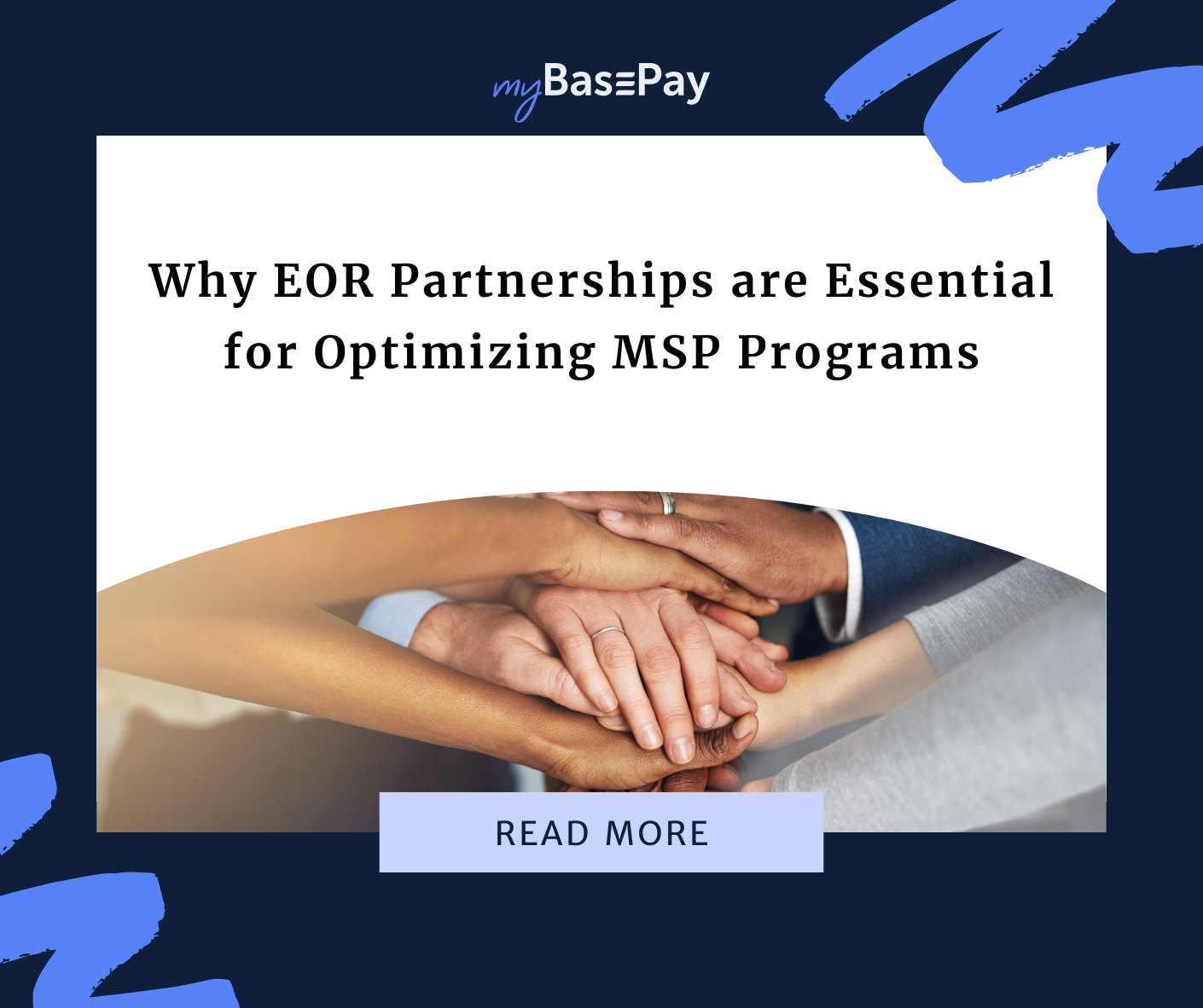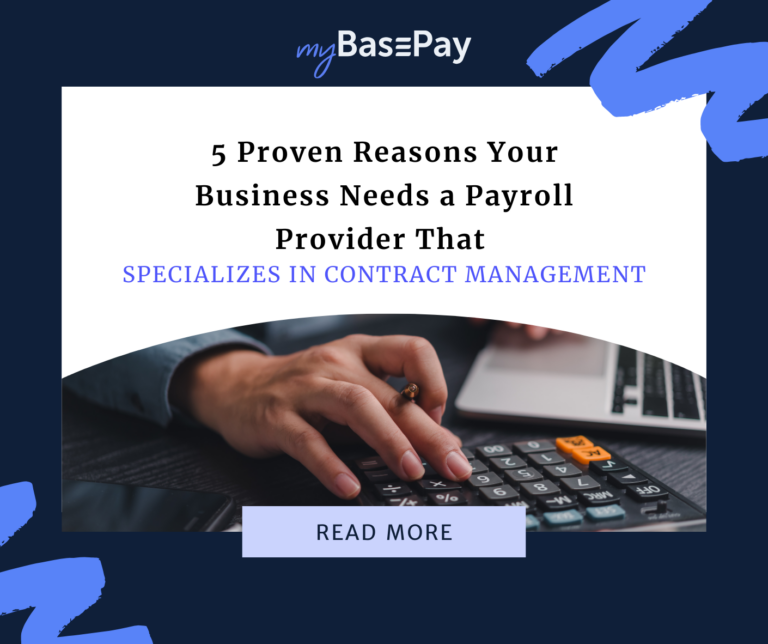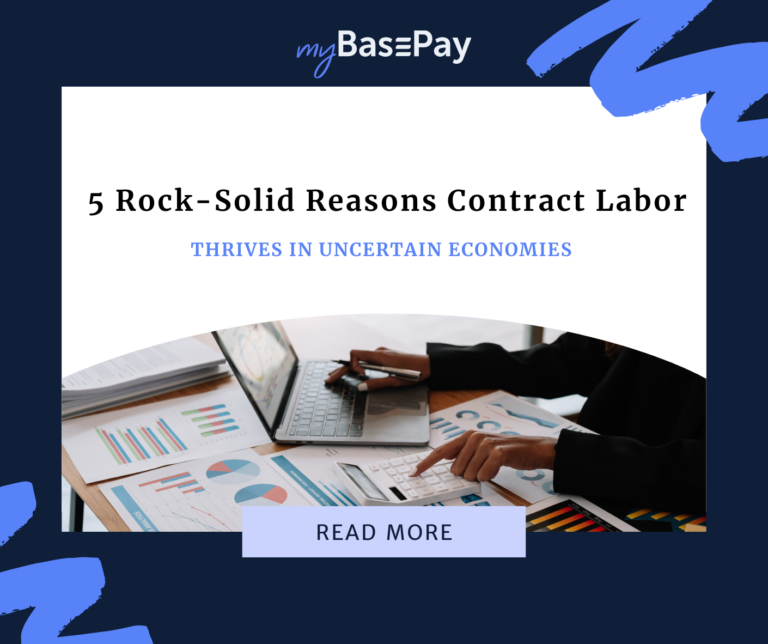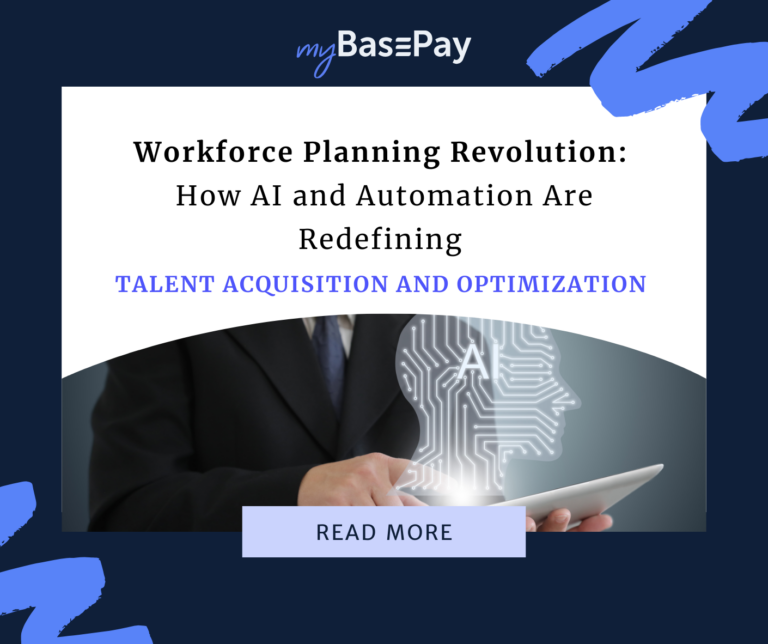Why EOR Partnerships are Essential for Optimizing MSP Programs
When addressing your organization’s hiring needs, two of the most common options are an MSP (managed service provider) and EOR (employer of record).
Of the 5 trillion global gig workforce, around 70% consists of independent contractors (IC) and digital workforce management, while direct sourcing and SOW account for 20%. Less than 2% of global direct sourcing and only 8% of SOW spending are managed through MSP programs. Additionally, 65% of the worldwide gig economy, focused on IC management and on-demand platforms, remains untapped by MSPs.
Conversely, paying EOR/AOR companies already have a significant portion of this spending in their portfolios. They are adding sourcing, tech, and data strategies to grab this whitespace opportunity and manage this spending for existing and new customers.
This provides a unique opportunity for early movers in the EOR/AOR space and MSPs.
Understanding MSPs
Historically, EORs have played a supporting role within MSPs in hiring and managing contingent personnel. By understanding how MSPs and EORs are evolving, you can select the solution that is right for you.
Managed service providers have traditionally served as an outsourced third-party solution for hiring and managing contingent workers employed by a staffing agency or EOR. However, this is a very small part of the overall gig workforce. What is most notable about MSPs is that they handle every aspect of this outsourced activity. The MSP takes care of almost all the work, while the hiring organization needs to provide expectations and KPIs.
In practice, an MSP provides activity-specific expertise that covers all aspects of the contingent worker experience. This includes recruiting and interviewing talent, managing all areas of onboarding (including training), and even overseeing the day-to-day activities of those hired.
MSPs give their clients a hands-off approach to working with contingent talent. This can be both a positive and a negative. Because the MSP is in charge of the day-to-day management of the contingent workers, the business that the contingent workers provide work for only gives project outlines and expectations for project deliverables.
This hands-off approach can be a great stress reliever for some businesses, particularly if they don’t have the resources or ability to manage the task themselves. However, not having direct control over contingent workers can be problematic if the MSP chooses inadequate processes and tools for the contingent workforce.
Businesses must carefully evaluate the expertise of an MSP before outsourcing a business function to them. These relationships require a significant level of trust that the MSP will manage the workforce in a way that delivers the desired results.
When Are Managed Service Providers Used?
Managed service providers are often used to outsource a business function that the business doesn’t have the resources or ability to handle itself. The MSP’s workforce is typically meant to support a long-term business function (such as call center support).
This can be highly beneficial for businesses that wish to outsource essential functions outside their core areas of expertise, giving them more time to focus on their top strategic objectives. In the long run, working with an MSP to outsource specific functions can also deliver long-term cost savings thanks to the MSP’s specialized expertise and not needing to worry about developing in-house infrastructure and resources.
That being said, MSPs often have high upfront costs, which can be challenging for businesses with tight budgets. They also tend to be less flexible, as service agreement terms define areas like the number of workers or services used. This can make it harder to scale operations if the business needs to change.
How are EORs Changing the Game?
By going beyond risk management to enable multiple sources of talent supply.
An employer of record serves as the legal employment engine across all worker types: SOW, IC, Direct Sourcing, Contractors and others.
The legal employer of record (EOR) takes on all responsibilities and liabilities associated with employment. This includes all administrative elements of employment, such as running background checks, payroll processing, administering benefits, and making tax deposits. The EOR also ensures proper worker classification for tax purposes and manages any performance issues, providing a seamless experience for compliance and workforce oversight.
EORs also help organizations hire internationally, often at considerable cost savings. EORs are already set up as legal entities in the countries where they do business, allowing them to make hires in these countries. This allows companies that wish to expand with international talent to do so without needing to establish a legal entity.
EORs manage all legal and compliance issues for every country they operate in. They own responsibility for staying current on local employment laws and regulations to maintain compliance. This gives organizations that use EORs an extra layer of legal protection on tax compliance, employee terminations, and other legal disputes.
Why EORs are Changing the Gig Workforce Landscape?
EORs are the global employment backbone across all forms of talent supply. They are well suited to any organization that wishes to outsource the responsibilities and liabilities of hiring foreign and international contingent workers.
Forward-thinking EORs now incorporate AI-powered talent marketplaces for cost-effective, high-quality global sourcing. By adding a data strategy and optimizing client services teams to manage talent across all worker types, they’re cutting non-value-added layers and delivering significant cost savings. The ability to quickly access global talent is a key differentiator for companies seeking agile contingent workforce solutions.
EORs are especially valuable for organizations expanding internationally, allowing them to hire specialized talent without setting up foreign entities or worrying about compliance; resulting in streamlined operations and major savings
Tailoring Solutions to Your Business
At myBasePay, our modernized EOR “+” solution helps you source, deploy, manage, and gain visibility to all forms of domestic and international contingent workers, at substantial cost savings compared to traditional staffing/MSP models. By combining a services and data component with table stakes of assuming the responsibilities and liabilities of employment, MBP provides competitive benefits options and uses a transparent onboarding model to ensure a streamlined, hassle-free, and compliant experience for your organization and your contingent workforce.
Ready to optimize your workforce strategy? Contact myBasePay today and see how our EOR solutions can streamline your contingent workforce management.




